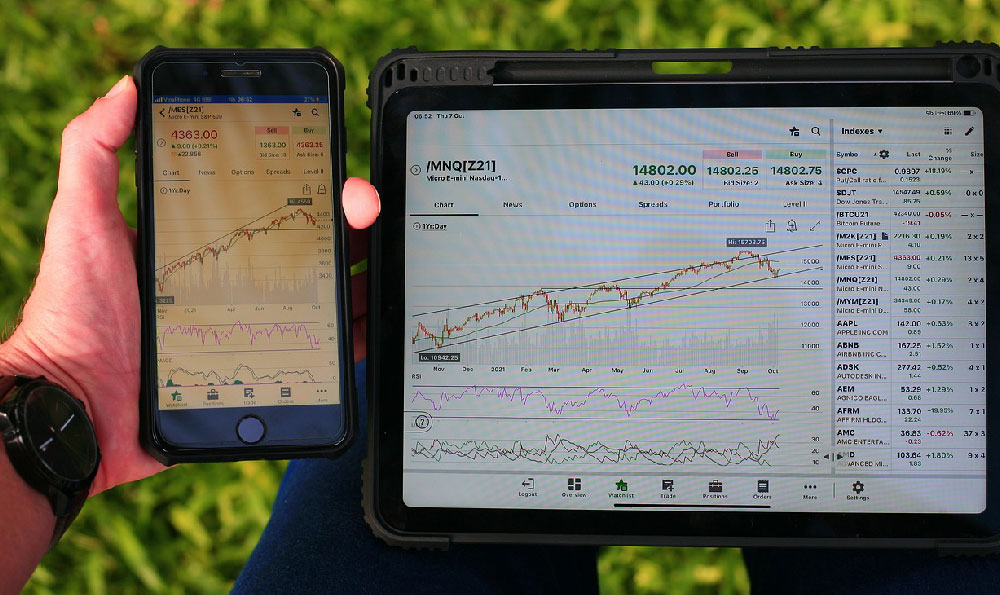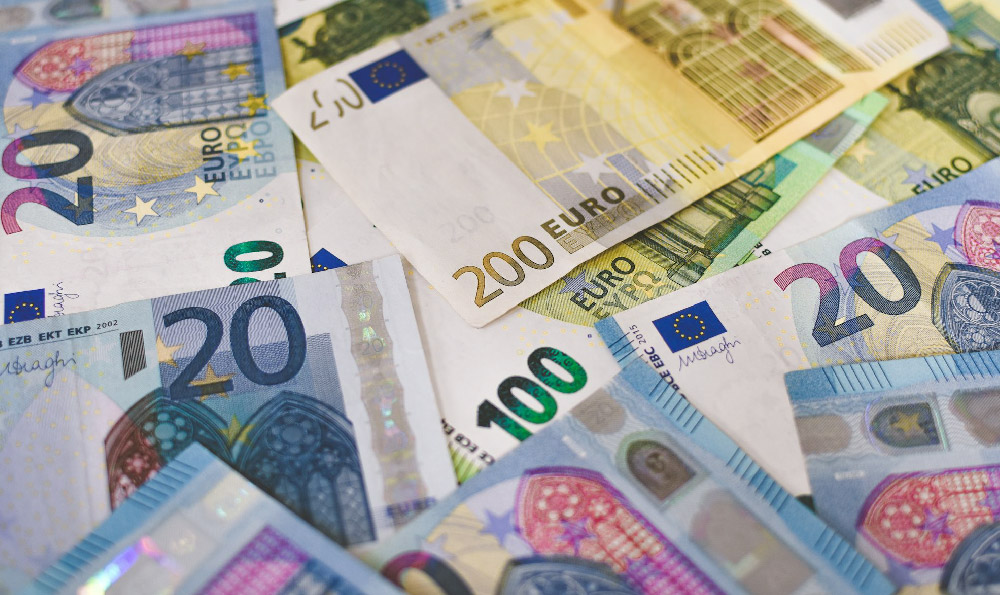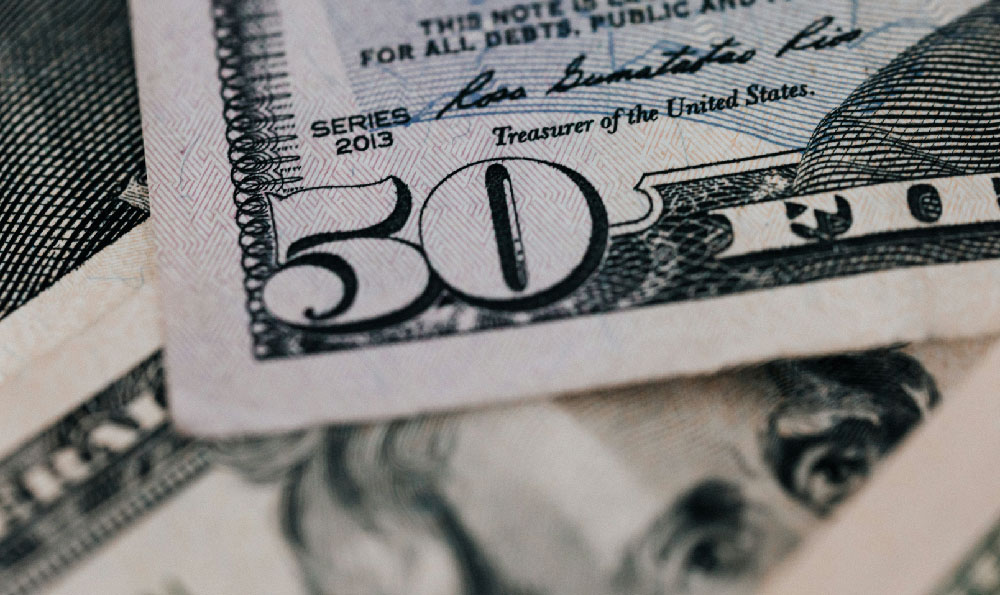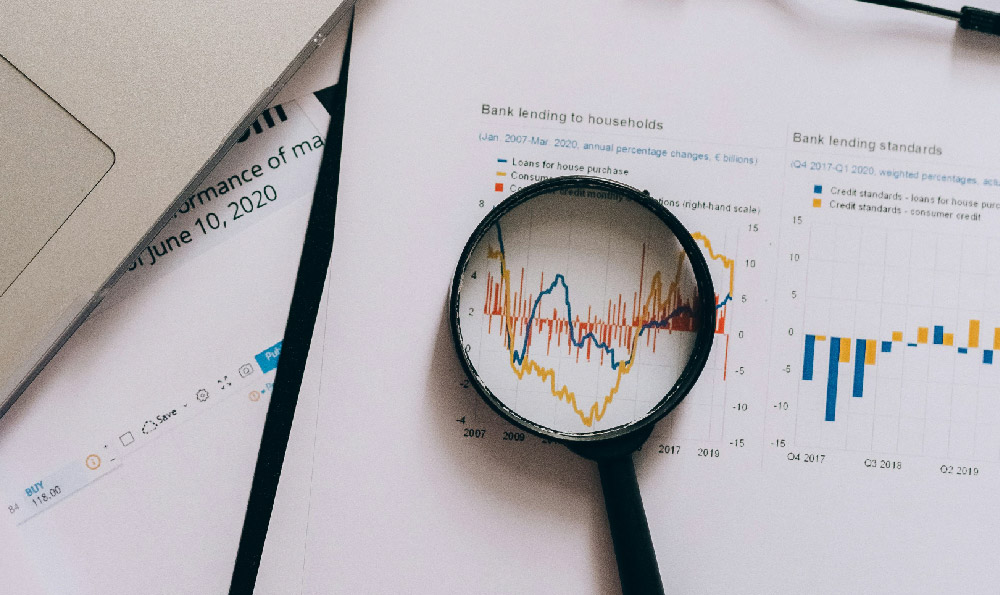Which Color Influences Consumer Spending? Psychological Effects and Research
The interplay between color choice and consumer behavior unveils a complex psychological landscape that subtly shapes purchasing decisions. Beyond its aesthetic appeal, color serves as a silent influencer, capable of triggering emotional responses, altering perception of value, and even steering financial choices. From the psychology of red instilling urgency to the calming presence of green, hues wield remarkable power in influencing how individuals allocate their budgets. This phenomenon is not confined to a single demographic or cultural context; rather, it transcends borders, adapting to universal human tendencies while being shaped by localized traditions and preferences.
At the core of color's impact lies its ability to activate primal emotions. Red, for instance, has long been associated with heightened arousal and appetite stimulation, a fact substantiated by studies tracking eye movement and heart rate in response to red-colored products. Laboratories such as the one at Carnegie Mellon University have demonstrated that red can create a sense of urgency, prompting quicker purchasing decisions, particularly in the retail and food sectors. Conversely, blue, often linked with trust and stability, is frequently employed in financial services and banking to instill confidence. Consumers tend to find blue environments more reliable, which may explain its prevalent use in logos and branding for institutions that prioritize trustworthiness.
The influence of color extends beyond single hues to the broader spectrum of color psychology. Researchers at the Kellogg School of Management have explored how color combinations create emotional synergy. For example, warm colors like yellow and orange are associated with energy and optimism, making them effective in promoting products aimed at uplifting consumers. In contrast, cool colors such as purple and indigo convey luxury and exclusivity, which can be leveraged in high-end fashion or automotive industries to justify premium pricing. These findings highlight how color selection is not arbitrary but a calculated strategy rooted in psychological principles.
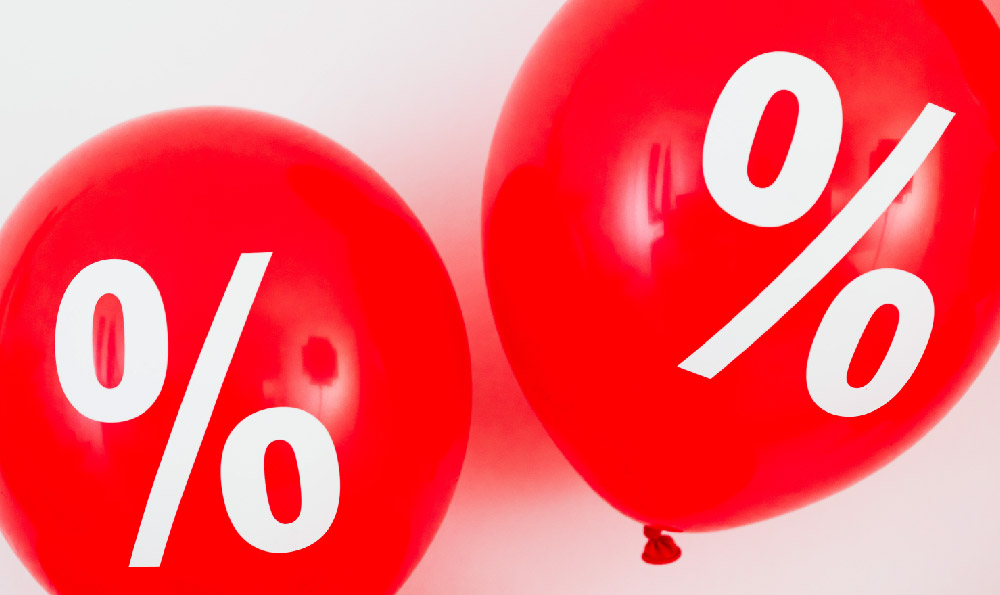
Cultural context further complicates the interpretation of color's influence. While red symbolizes good fortune in Chinese culture, it may evoke danger or passion in Western societies. Green, representing growth and health in many cultures, can be perceived differently in regions with varying economic and social dynamics. This cultural variability necessitates a nuanced understanding, as a successful marketing strategy in one region may falter in another due to misaligned color associations. The challenge for marketers lies in navigating these subtleties while maintaining the desired psychological impact.
Color also plays a pivotal role in influencing purchasing behavior through the perception of product value. Studies indicate that consumers often associate dark colors with higher quality and premium pricing, a principle applied in luxury goods and beverages. Conversely, light colors can create the illusion of affordability, a tactic frequently used in fast fashion and discount retail. This perception is further complicated by lighting conditions, as the same color can appear differently under various illuminations, altering its psychological effect on consumers.
The influence of color is not limited to major retail sectors; it permeates everyday consumer choices. In grocery stores, the placement of products in red or yellow aisles can increase impulse purchases, as these colors are known to stimulate appetite and urgency. In financial services, the use of blue in app interfaces and office environments can create a sense of security, encouraging clients to allocate funds with confidence. These applications demonstrate the pervasive role of color in shaping financial decisions across multiple domains.
Moreover, the influence of color is amplified by the integration of digital technology. Online retailers utilize color-coded sales and limited-time offers to create a sense of urgency, leveraging the psychological effects of red and orange. In digital finance, the use of visual cues such as green arrows for positive transactions reinforces the connection between color and financial well-being. This fusion of traditional color psychology with digital platforms highlights the evolving nature of consumer spending influence.
The psychological effects of color are also reflected in the design of financial products. For instance, the use of green in insurance branding may evoke a sense of stability and financial protection, while the application of red in credit card designs can subtly influence users to be more cautious with their spending. These color strategies are not born from mere aesthetics but are rooted in deep psychological research that explores how hues interact with human cognition and emotions.
In the realm of investment, color psychology can influence decision-making. A study examining the impact of color on stock market performance found that red was more commonly associated with negative market trends, while green was linked to positive outcomes. This suggests that color perception may subconsciously shape investment behavior, reinforcing the importance of visual cues in financial contexts.
The evolving field of color psychology also reveals new insights into its influence on consumer behavior. Recent research has explored the role of color in sustainability and ethical consumption, with green being associated with eco-friendly products and brown with organic, natural items. This shift in color perception reflects changing societal values and the growing importance of ethical considerations in consumer spending.
Ultimately, the influence of color on consumer spending is a multifaceted phenomenon that requires careful consideration of psychological, cultural, and contextual factors. By understanding these dynamics, marketers and investors can harness color's power to guide consumer behavior effectively, creating a more strategic approach to engaging with markets and shaping financial outcomes.
